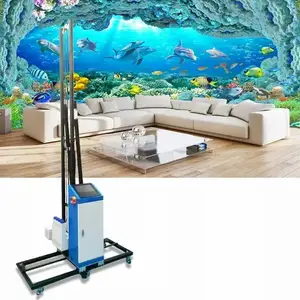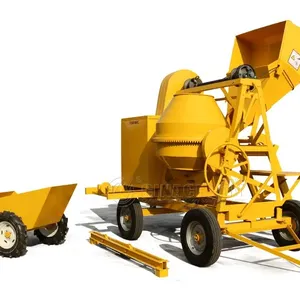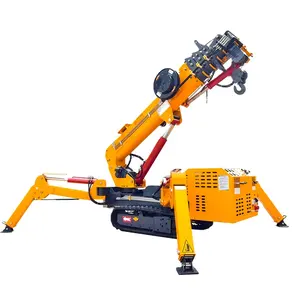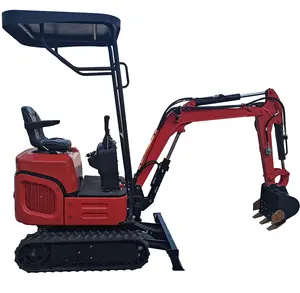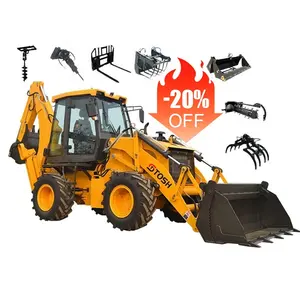Popular in your industry






























































Related Searches:




































































































































































Top categories
About high quality sucker rod elevators
Introduction to Sucker Rod Elevators
Sucker rod elevators are a crucial component in the oil and gas industry, designed for the safe and efficient handling of sucker rods during the extraction process. These devices are engineered to securely grip and lift the rods, which are essential in connecting the surface and downhole components of a well.
Types and Applications
There are various types of sucker rod elevators tailored to meet different operational requirements. Their applications span across numerous oil field activities, from routine maintenance to critical lifting operations. The adaptability of these elevators allows for their use in diverse environments, including onshore and offshore oil fields.
Features and Materials
The construction of sucker rod elevators involves robust materials capable of withstanding the harsh conditions of oil extraction. These materials contribute to the durability and longevity of the elevators. Features may include high-load capacities, resistance to corrosion, and compatibility with various rod sizes, ensuring they meet the industry's rigorous safety standards.
Advantages of Using Quality Elevators
Utilizing high-quality sucker rod elevators brings several advantages, such as enhanced safety, improved efficiency, and reduced downtime. Their reliability is critical in minimizing operational risks and ensuring the continuous productivity of oil extraction operations.
Selection Considerations
When selecting sucker rod elevators, it is important to consider factors such as load capacity, compatibility with rod sizes, and material quality. These considerations ensure the selection of an elevator that is suited to the specific needs of the operation.
Maintenance and Care
Proper maintenance of sucker rod elevators is essential for preserving their functionality and safety. Regular inspections and adherence to maintenance protocols are key to extending the service life of these vital tools.
